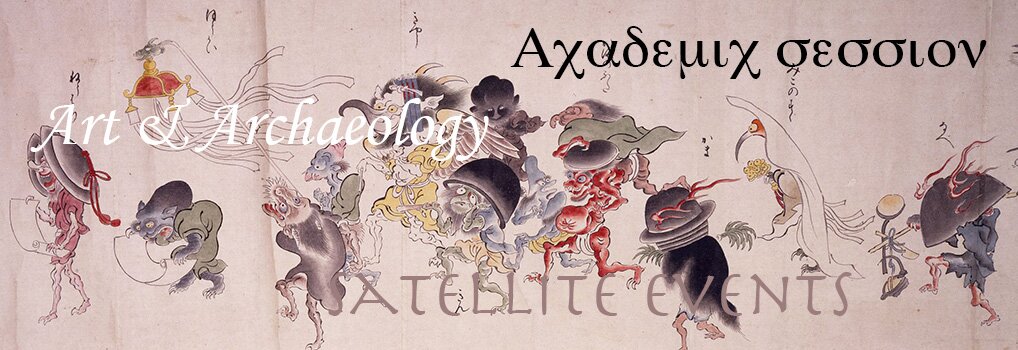Sold out
One-day pre-tour: Nara-Ikaruga(27 Aug)
Horyuji temple, the oldest wooden buildings and Fujinoki Kofun, National historic site around Ikaruga area in Nara prefecture
Course: Fujinoki Kofun, Horyuji Temple, Jikoin Temple and the Museum, Archaeological Institute of Kahsihara
Meeting time / place: 7:00 Ryoshinkan in Doshisha university
Transportation: Bus
Date & Time: 27th Aug 7:30 – 18:30
Cost: JPY 10,000
Leaders: Kazuaki Yoshimura and Makoto Tomii
Contact: tomii.makoto.2e(at)kyoto-u.ac.jp (M.Tomii)
Passenger capacity: 40 (Minimum number: 20)

Kondo and Gojunoto at Horyuji temple
Fujinoki Kofun (Fujinoki tumulus) is famous for its exceptionally well-preserved grave goods, many of which are registered as National Treasures. This chambered, circular burial mound measures about 48m in diameter and 9m in height. Although the acid soil of Japan usually decays organic materials in archaeological contexts, three seasons of excavations revealed incredibly well-preserved remains of 6th century artefacts of high importance. For more than 1,400 years, the house-shaped coffin made of volcanic rock contained human bones of one male adult and one probably male. The deceased bodies were wrapped in cloth. Grave goods consisted of pottery, armour, weapons, various kind of beads, as well as well-decorated objects of metal such as a crown, shoes, bronze mirrors, harnesses, and so on.
This excursion will provide you with an extraordinary opportunity to step into the chamber SPECIALLY permitted by the local government.
Don’t miss the chance to directly feel the solemn atmosphere of the 6th century!

Yumedono at Horyuji
 Horyuji temple
Horyuji temple
is doubtlessly one of the most well-known temples in Japan. It was the first World Heritage site in Japan to be registered in 1993. Quite a few Japanese might have had the experience of a school trip to Horyuji. This temple was founded in 607 AD by Shotoku-Taisi (Prince Shotoku), who can be regarded as the founder of Buddhism in Japan and has been famous in Japan for his appearance on large denomination bills such as the previous \10,000 note.
Horyuji temple preserves the world’s oldest wooden structure on its wide grounds of 187,000 m², and holds dozens of National Treasures, artefacts and structures.
Jikoin temple is a 450 years old temple of the Rinzai sect of Zen Buddhism. The feudal lord, named Sekishu KATAGIRI, founded this temple. He had a broad knowledge of the process we call ‘tea ceremony’, which guided the construction of the temple. According to the web site of Jikoin temple, he “mastered the way of Zen Buddhism and Tea ceremony, in which he put his ‘Beauty of Wabi’ theory into practice. ‘Tea ceremony’ is a part of ‘tea hospitality’.” “The whole of this temple is a place to entertain a guest with tea hospitality. Enjoy touching the Japanese spirit within this temple!

Garden (A view from the Shoin room)
The Museum, Archaeological Institute of Kahsihara is exhibiting various artefacts excavated from many sites in Nara Prefecture. It aims to educate the general public about the Yamato culture of ancient time and its key role in the history of Japan. Many artefacts from the prehistoric to the medieval periods unearthed in Nara Prefecture are exhibited in the three main rooms. Such material evidence allows us to trace the process of Japanese state formation as well as to recognize the historical and cultural relationships between the Yamato culture and other cultures on the East Asian continent. Quite a number of well preserved remains from the tomb chamber of Fujinoki Kofun are waiting for your visit!
Application form






